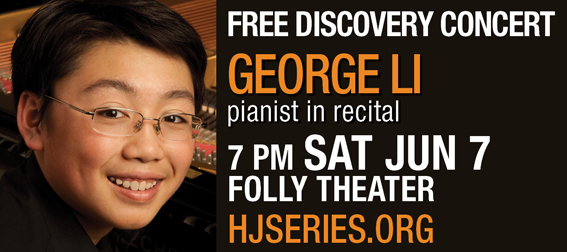HERE TO STAY: Quality Hill Playhouse offers generous array of Gershwin’s amazing talents
By Paul Horsley
Sometimes it’s the things that accidental geniuses do “on the side,” to pay the bills, that we most remember them for. George Gershwin, like many gifted American composers of the early 20th century, desperately wanted to be remembered for his achievements in “serious” classical music, but he had a gift for tossing off tunes that people just couldn’t get out of their heads. Like few before him, and Leonard Bernstein after him, he was able to function to some extent in both serious and popular worlds. But it is the songs he composed for “Tin Pan Alley,” for Broadway shows that are today largely forgotten except for the songs written for them, that we most remember. Quality Hill Playhouse’s “Rhapsody in Gershwin,” which opens June 6th at QHP’s theater downtown, pays tribute to both aspects of Gershwin’s personality, with a revue that includes hits from Gershwin’s stage plays, songs from his “opera” Porgy and Bess, and a rare performance of the solo-piano version of his Rhapsody in Blue, the concerto that stands as his most memorable contribution to the “symphonic” repertoire.
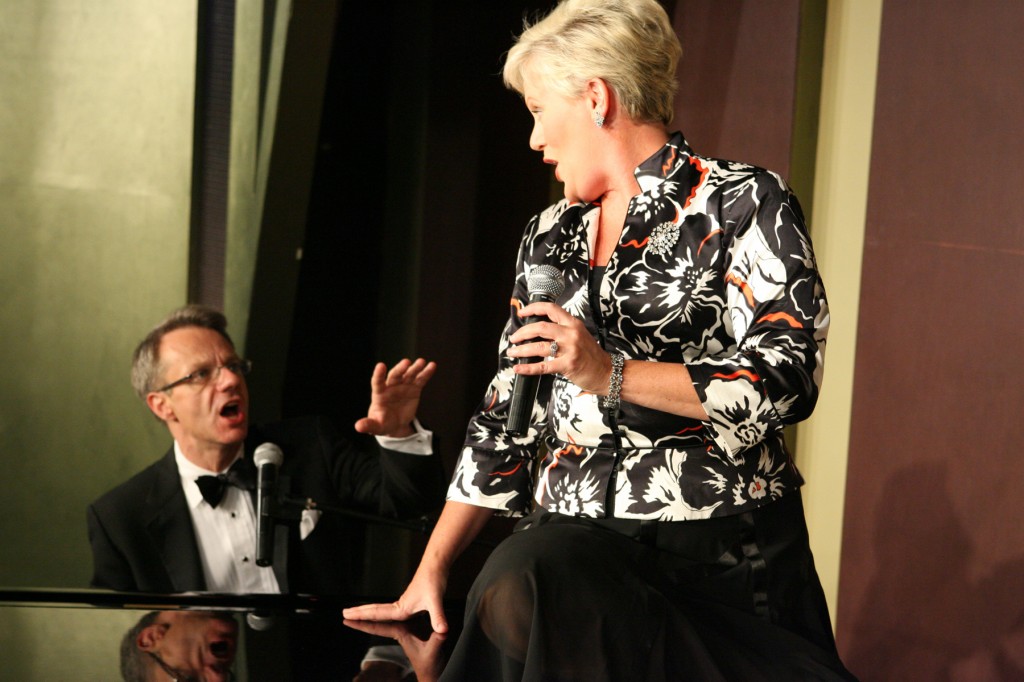
“They were just writing songs,” says J. Kent Barnhart, who founded QHP more than a quarter-century ago partly because he, like Gershwin, found that his ambitions to play classical piano for a living were not going to pay the rent. “I don’t think they were thinking of them as having a long life at all. They had no idea that here, nearly a century later, we would still be singing ‘Love is Here to Stay’ and ‘Someone to Watch Over Me.’ ” What fueled George’s song-writing (to pay the rent) was “his desire to be seen as a serious composer, because he thought that music would live on.” Not that popular music in 1920s New York City was a lucrative business. If a publisher chose to print one of your songs, you sold it outright to them. “They were paid a flat fee, a dollar to five dollars,” Kent says, for one of their own songs.
Just where did those breathless tunes come from—“The Man I Love,” “I’ve Got a Crush on You,” “Oh, Lady Be Good,” “They All Laughed,” “But Not For Me”—which seem to have been born from the earth, as it were, and which caused Bernstein to call Gershwin the greatest composer of melodies since Tchaikovsky? Partly it came from the Jewish and American folk music that was part of Gershwin’s immigrant experience, and partly it was drawn from African-American music that was itself a complex mixture of elements. “Irving Berlin did it, George and Ira Gershwin did it, Cole Porter did it,” Kent says. “They would all do their jobs in lower Manhattan or Midtown during the day, and then when it was all over they would take the train up to Harlem and listen to the black musicians. And that’s where I hear a lot of the rhythmic and the harmonic influence, from the black music of the day.”
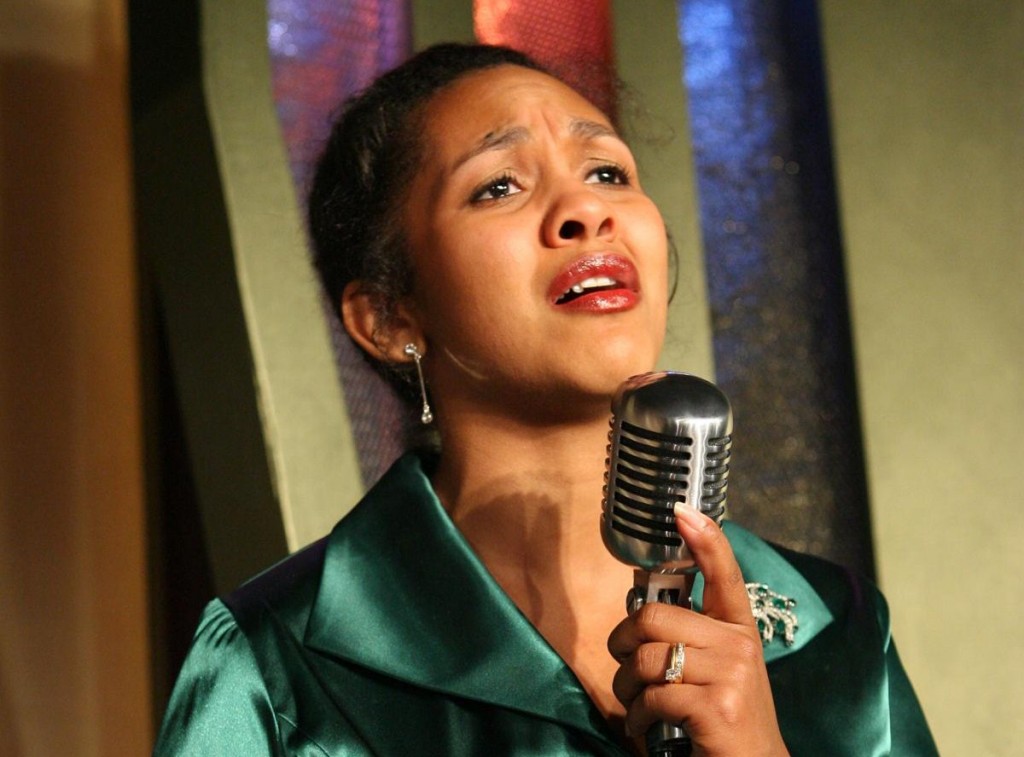
For all of his ambitions, George barely achieved recognition in the classical world: The Rhapsody that symphonic audiences know was orchestrated by Ferdinand Grofé, and Porgy—from which QHP’s show includes of course “Summertime” and the lesser-known “My Man’s Gone Now”—could barely be called an opera, even though it is most often performed by opera companies today. “I don’t consider it to be an opera,” Kent says. “I consider it to be a musical theater piece that has operatic elements in it.”
As for the Rhapsody, Kent has taken it by the horns by performing the fiendishly difficult solo-piano version based on a piano roll performance the composer himself created. It includes material from both the solo piano part and the orchestral parts, and is so difficult it has Kent practicing several hours a day. “It’s so different from playing it for the orchestra. You’re forced to slow down, in order to get everything in. And that allows the listener to understand better the melodies and the harmonic structure.”
“Rhapsody in Gershwin” includes Lateesha McDonald Jackson, Melinda MacDonald, Tim Noland and of course J. Kent Barnhart playing and singing at the keyboard. It runs June 6th through July 6th. Call 816-421-1700 or go to qualityhillplayhouse.com.
To reach Paul Horsley, performing arts editor, send email to phorsley@sbcglobal.net or find him on Facebook (paul.horsley.501) or Twitter (@phorsleycritic).
[slider_pro id=”2″]
[slider_pro id=”3″]
Features
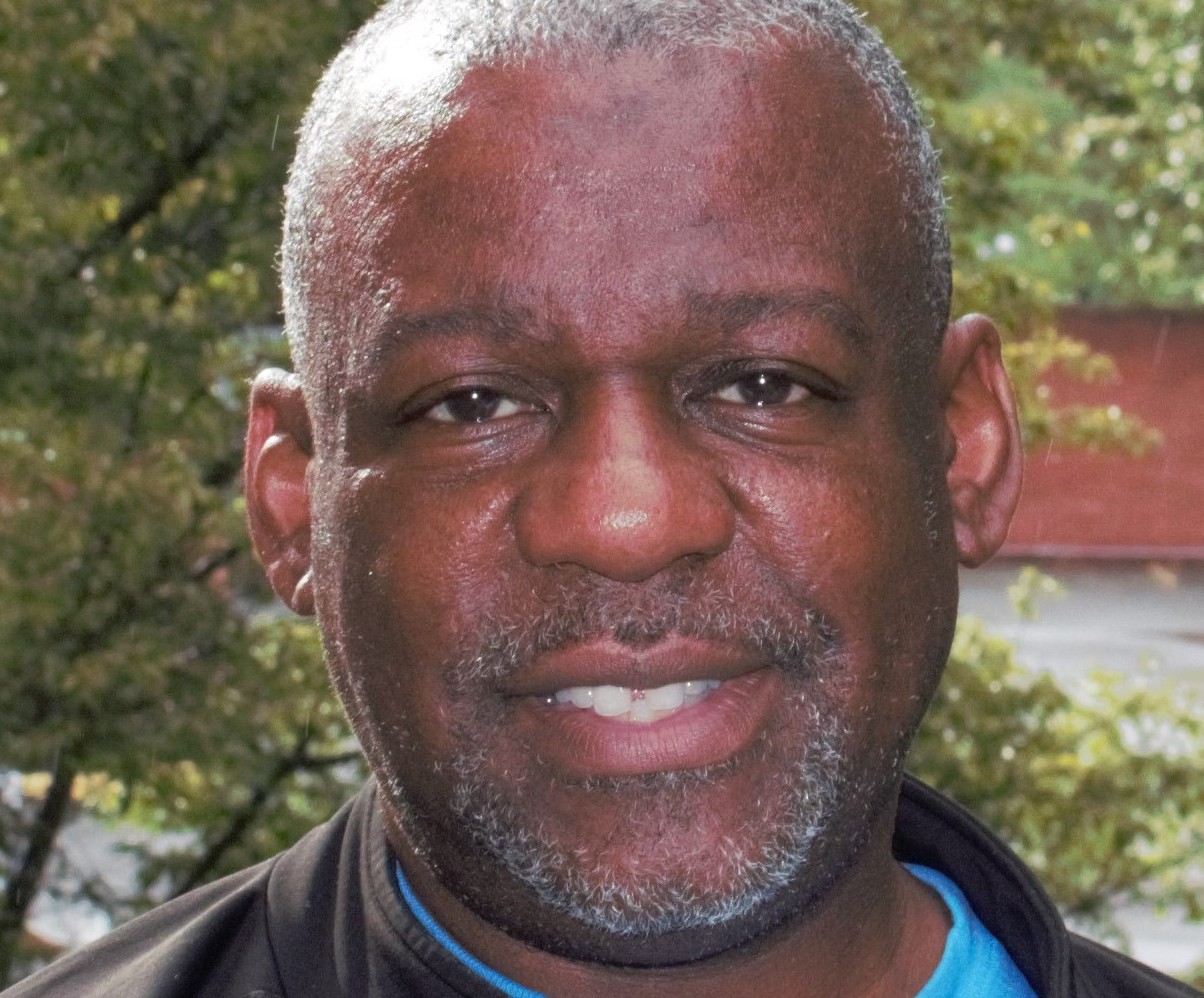
Tyrone Aiken danced prodigiously as a youth, trained at The Ailey School as a young adult, worked as a professional dancer at the height of the New York dance ferment,…
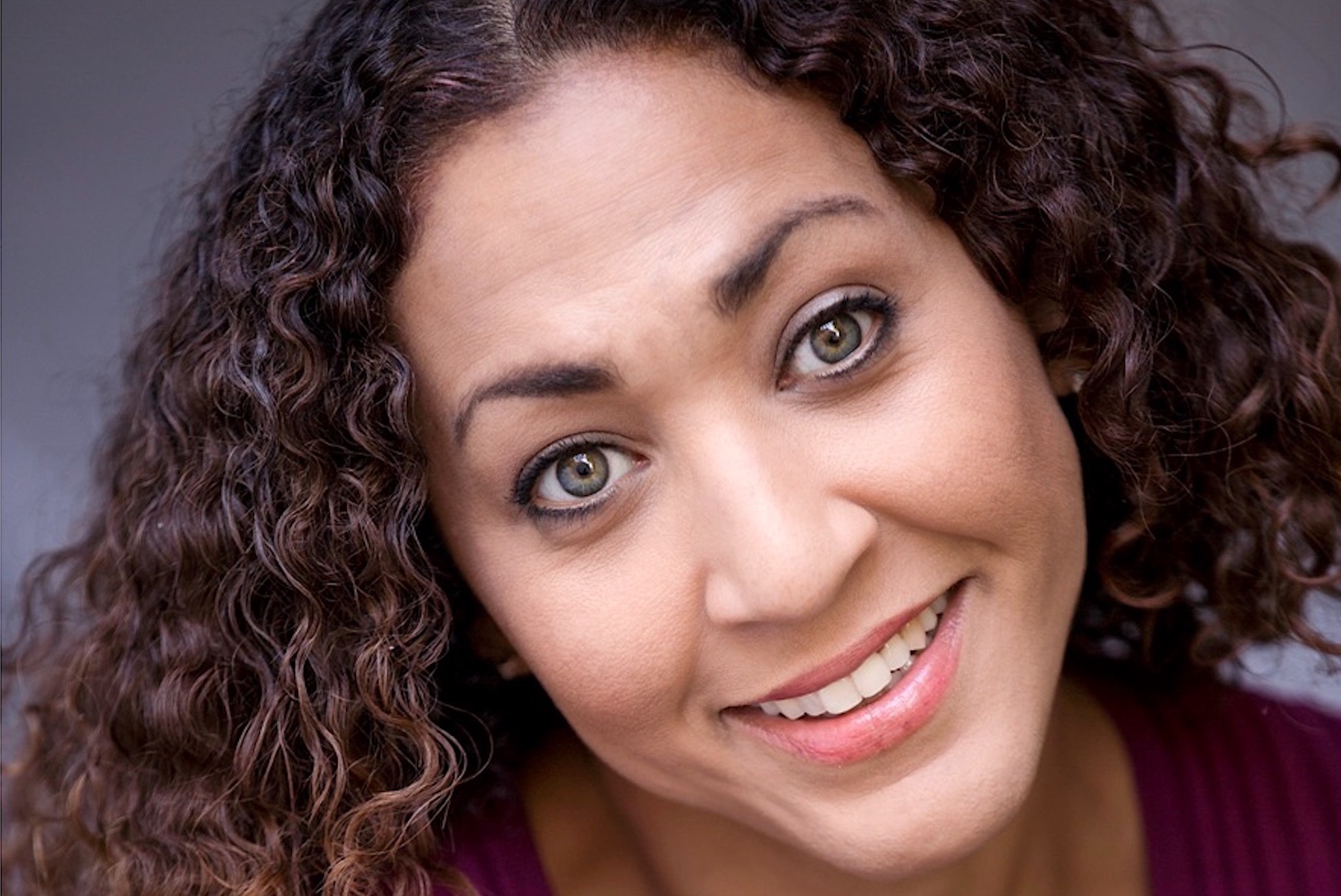
CAROLINE DAHM Dancer, choreographer, producer, master teacher, adjunct dance professor at The UMKC Conservatory, assistant director at Wylliams/Henry Contemporary Dance Company What I love about the Kansas City performing-arts scene: Kansas…
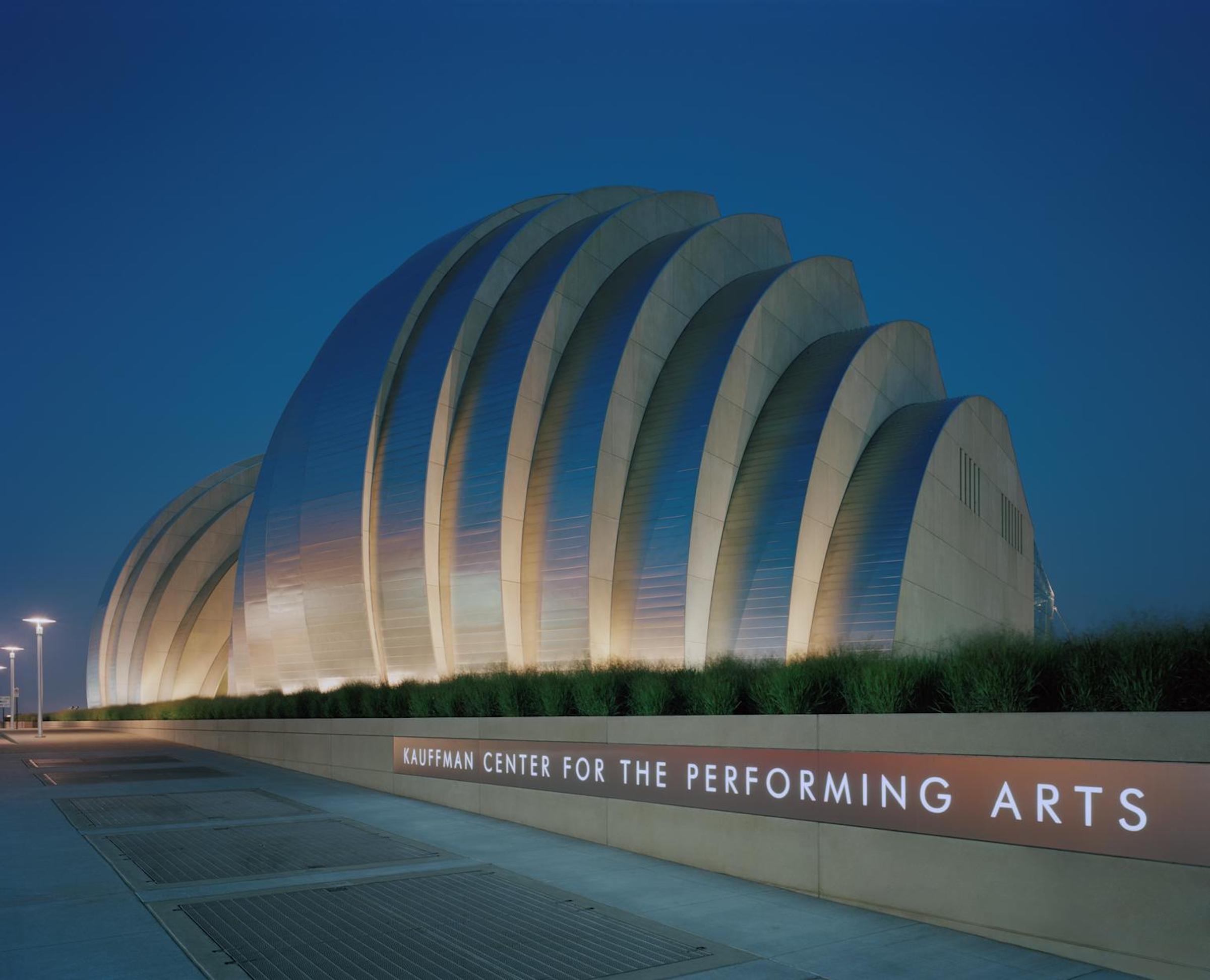
It’s difficult to remember what the Kansas City skyline looked like 20 years ago, before the Kauffman Center for the Performing Arts began to take shape at 16th and Broadway.…


